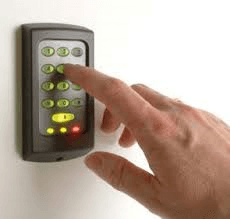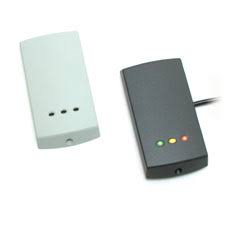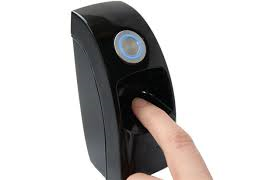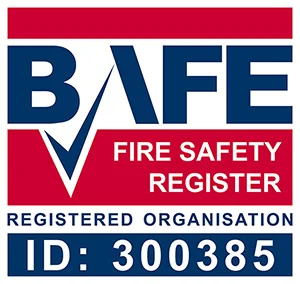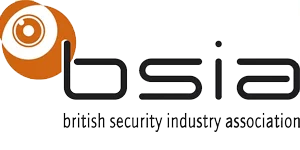There are several different types of Access Devices some more secure than others.
Keypad
The keypad is used to release the door when a pre‐programmed code is entered. On a stand‐alone system usually
only one code to share is available but on a networked system many codes can be entered and allocated to different
users. Keypads can either be internal or external vandal resistant. The disadvantage of the keypad reader is that codes
can be easily shared or passed on and if only one code is available and an employee leaves the code has to be changed
and the new code learnt by everyone.
Proximity Reader
The proximity reader is fitted adjacent to the door and is operated by a proximity tag or card which when presented will
release the door for a pre determined time allowing access before locking again. Proximity readers can be internal
type (as illustrated) or more heavy‐duty vandal and water resistant outside units. Whilst more secure than a code
the tag or card can be passed to unauthorised people to use.
Biometric Reader
Biometric readers are by far the most secure device being able to read fingerprints, Iris or Palms and therefore cannot
be defeated like a keypad or tag reader. The advantage with these are that they cannot be copied like a tag or a code
and the person who is registered on the system is the only person who can gain access.
